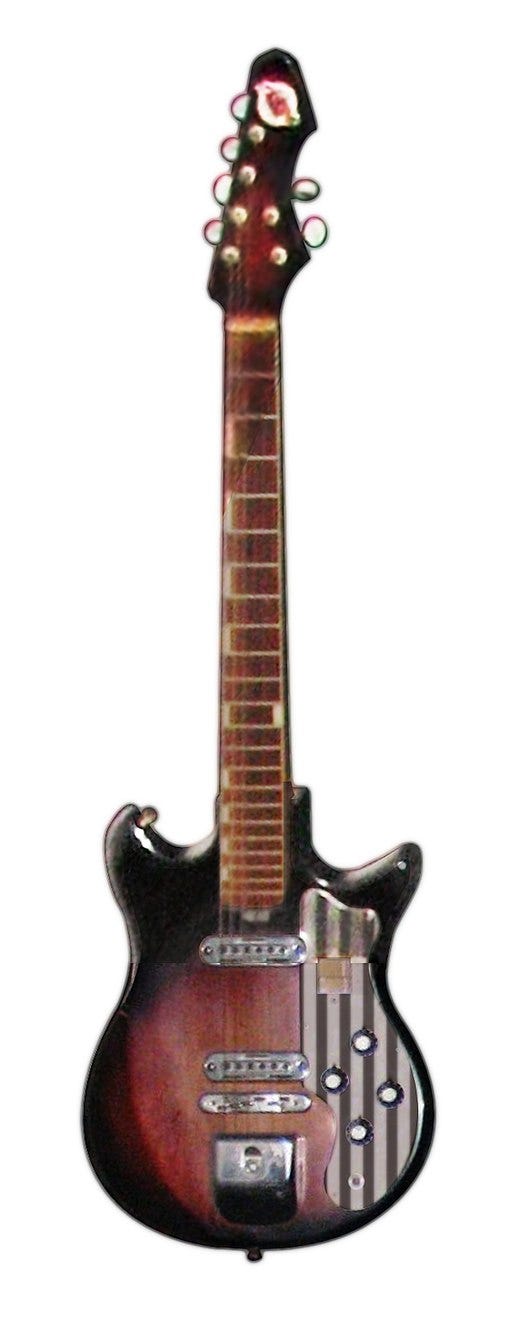Member-only story
From Cheap Imports to Vintage Gear: The Story of Teisco Guitars
Not a Medium subscriber? Read this article for free here.
If you’ve ever seen an electric guitar that just looks a little…strange…you might have just been staring at a Teisco.
Some of the hallmarks of Teisco design are funky angles, lots of pickups (up to four!), and knobs and switches galore.

While these guitars are sought after in the vintage market today, they didn’t start out that way. Instead, they were Japanese-made budget guitars meant to attract buyers who couldn’t afford a brand like Fender.
The beginnings of Teisco guitars
Teisco started life as a partnership between Atsuwo Kaneko, a Hawaiian and Spanish guitarist, and an electrical engineer, Dory Matsuda. Originally the company was named Aoi Onpa Kenkyujo, which means Electricity Laboratories. The name was changed to Nippon Onpa Kogyo Company in 1956 before they finally settled on Teisco in 1964.
(Many sources claim the name Teisco was an acronym for Tokyo Electric Instrument and Sound Company, but Kaneko was on record stating that this wasn’t true — he just liked the way the name sounded.)
They began building guitars and other musical instruments in Japan in 1946, and initially their products were only sold domestically.
Coming to America (and the UK)
That changed in around 1960, when brokers began to import them into the US and the UK. These brokers would then rebrand the guitars before selling them in music stores, Sears, and even pawn shops. Common new “brands” included Teisco Del Rey (it was thought that adding a Spanish-sounding name would increase sales), Kay, and Silvertone (another still well-known brand).
The appeal of these guitars was price. They were affordable, costing as little as $20 and up to $150, compared to a new Stratocaster, which in 1965 went for a cool $200. For a kid saving his allowance money, or a mom and dad with not a lot of disposable income, they were a great alternative to a name-brand guitar.
Features and issues
As the 1960s progressed, so too did the uniqueness of Teisco guitars. They became…
